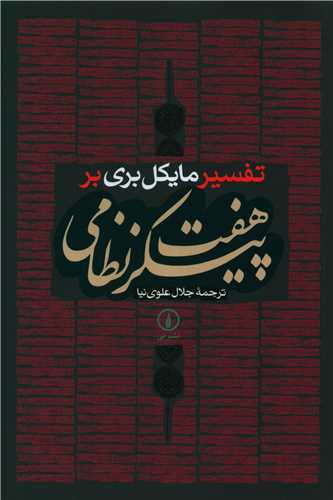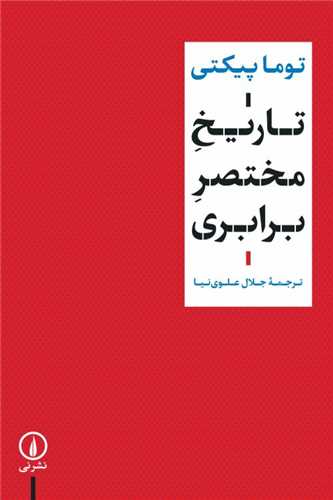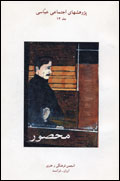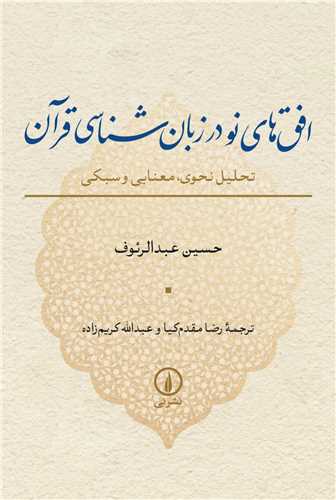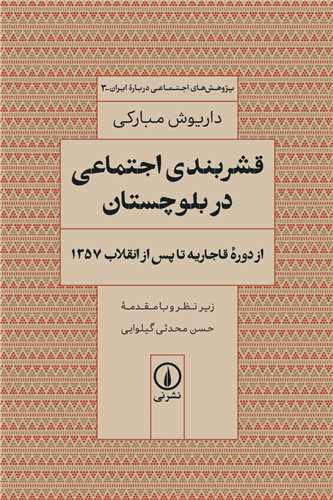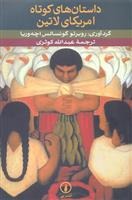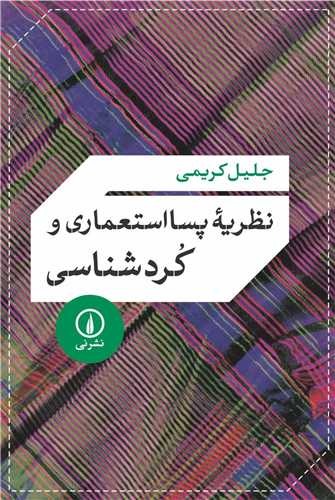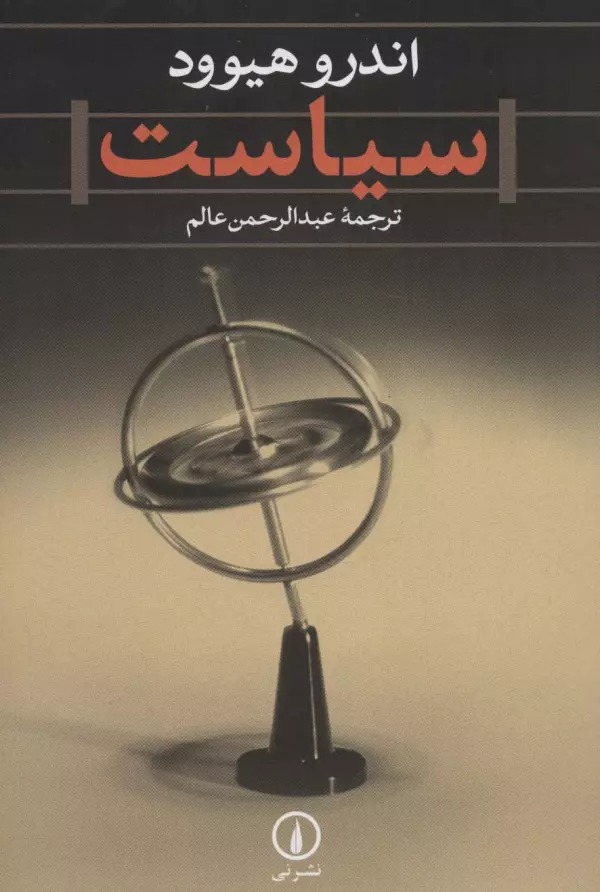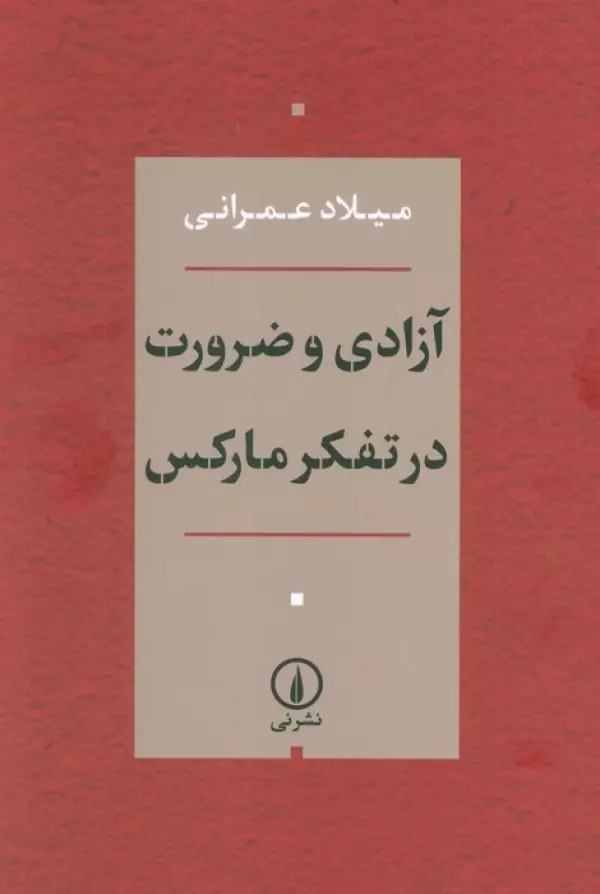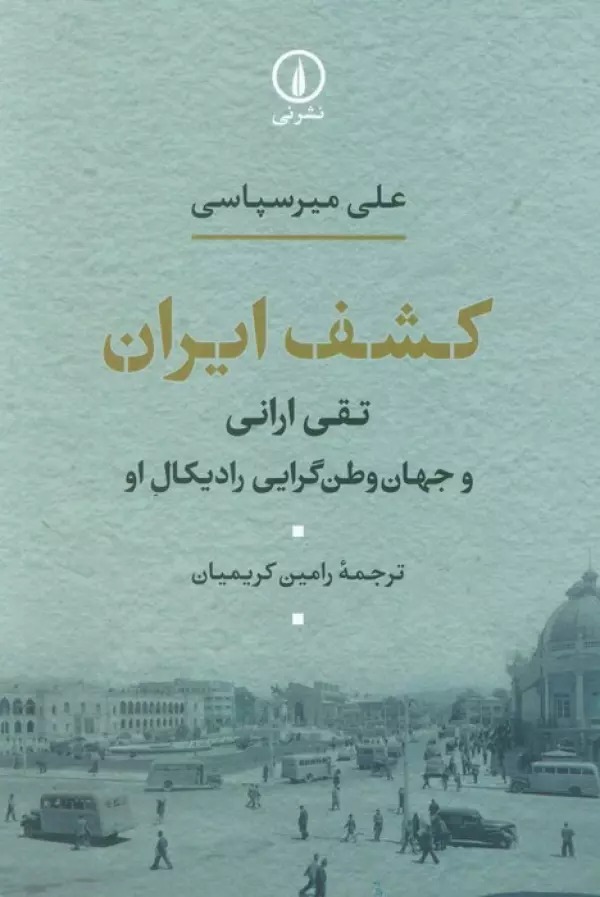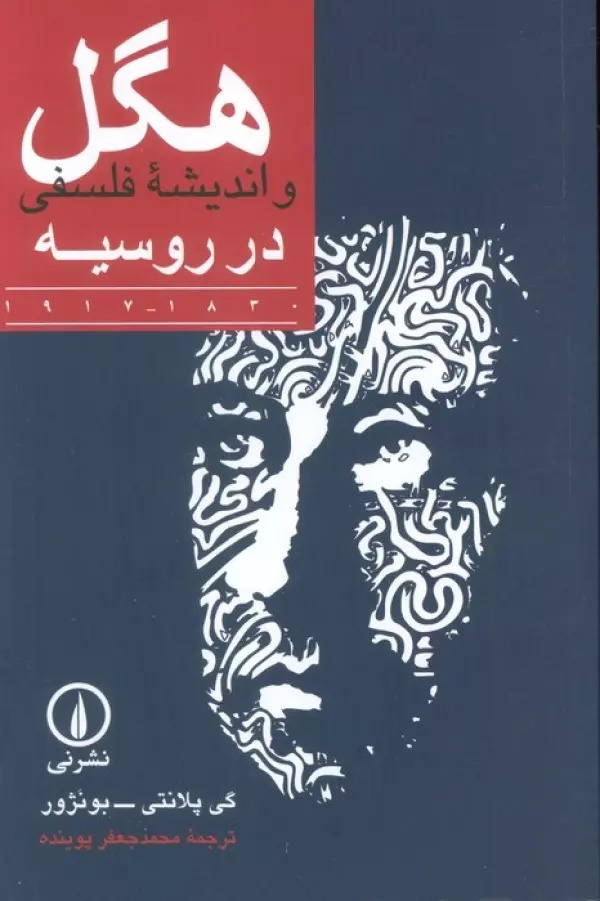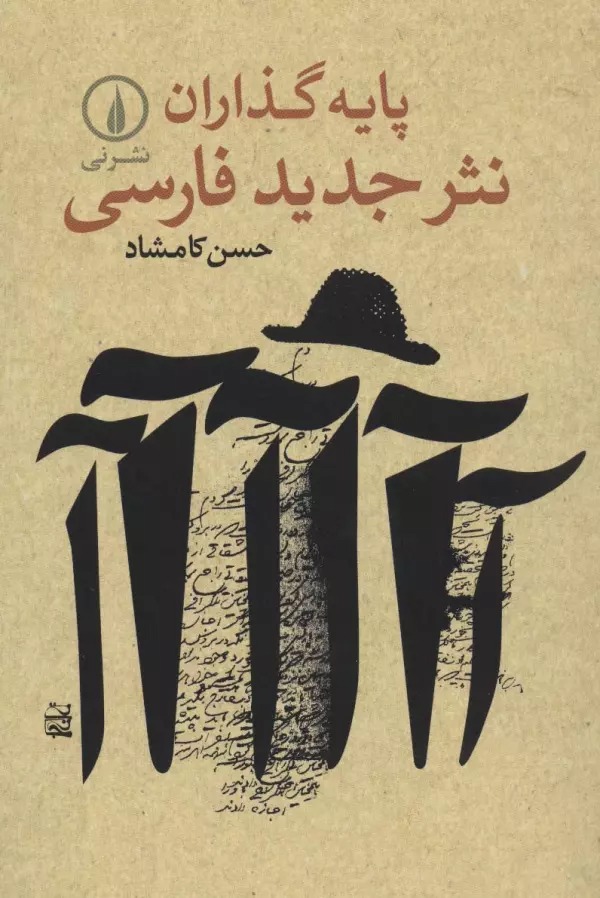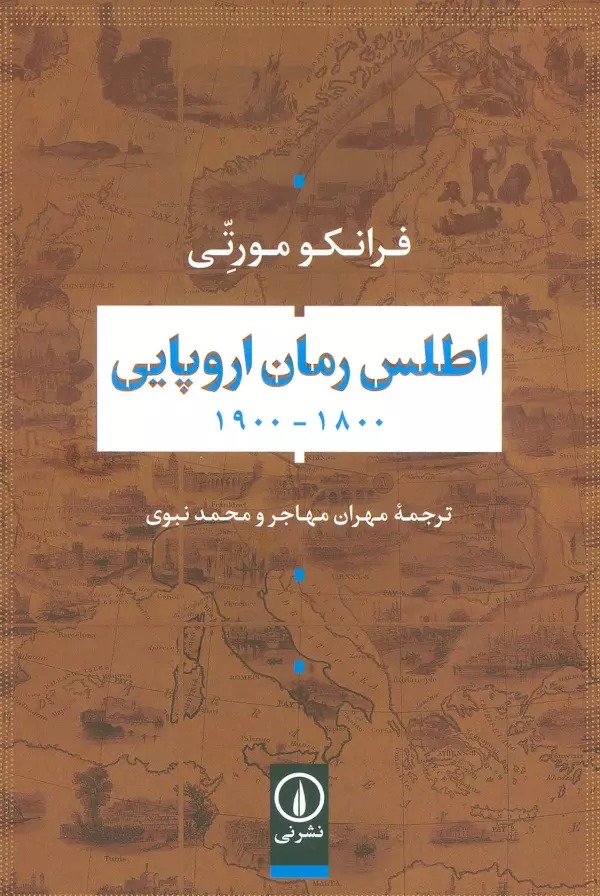Tafsīrī bar Haft Paykar-i Niẓāmī: Persian 1401
تفسیر مایکل بری بر هفت پیکر نظامی
151 SEK
Share
Wishlist
ISBN:
9789643128883
Translator:
Jalāl 'Alavi'nīyā
Publisher:
Nashr-i niy
Age Group:
Adult
Pages:
304
Weight:
375 g
Dimensions:
14 x 21 x 2.7 cm
Book Cover:
Paperback
In 1380, Michael Berry translated the complete text of Haft Pekir from Persian to France, which was published by Gallimard in Paris along with his description and commentary on this work. Nizami himself believed that his poetry is a thin crescent of the moon, which will be completed only by the efforts of the reader. After reading Michael Berry's commentary on the Seven Military Figures, the fair reader will inevitably admit that his instructions for revealing this perfect tablet are very helpful. Michael Berry himself says: "Nizami has always been my favorite Iranian poet. I have written the present commentary for my French translation of the Seven Soldiers, published in 2000. I carried the Persian version of Haft Pekir along with a collection of French poetry, a pocket copy of Dante's work and another pocket copy of Shakespeare's work in my backpack during many humanitarian trips to provide medical and food aid to the suffering people of Afghanistan in the 1980s and 1990s. I wanted language, worldview, and poetic world? To learn the ancient Persian civilization and in precious study opportunities and in long night walks to avoid the patrol groups of the occupying Soviet army, the noise of bombs and the crowd of refugees around me; And later, I will forget the barrage of bullets on Kabul, which was besieged by the Taliban and starved to death. Isn't it a system that in the countless bloody periods of its Persian-language readers' history always escapes to a dream world, a world that is not only more beautiful, but also more real than everyday reality? Ominous, a heavenly reality beyond the illusion of phenomena and the frenzy of killings that the poet describes? Right on the threshold? It is the invasions of the Mongols that make Nizami look away from the world. His poetry, which has been transcribed and calligraphed many times and left to memories, is a part of that cultural heritage that Persian speakers have so compassionately passed in the heat of the massacres of Genghis Khan and his successors.
more
مایکل بری در سال 1380 متن کامل هفت پیکر را از فارسی به فرانسه برگرداند که همراه با شرح و تفسیر او بر این اثر توسط نشر گالیمار در پاریس منتشر شد. نظامی خود بر این باور بود که شعرش هلالی باریک از ماه است که تنها بر اثر کوشش خواننده قرص کامل خواهد شد. خواننده منصف پس از خواندن تفسیر مایکل بری بر هفت پیکر نظامی ناگزیر اعتراف خواهد کرد که راهنماییهای او برای هویدا کردن این قرص کامل بسیار سودمند واقع شدهاند. مایکل بری خود میگوید: «نظامی همواره شاعر ایرانی دلخواه من بوده است. تفسیر حاضر را برای ترجمه خود از هفت پیکر نظامی به زبان فرانسوی، که در سال 2000 منتشر شد، نگاشتهام. نسخه فارسی هفت پیکر را همراه گلچینی از شعر فرانسه، نسخهای جیبی از اثر دانته و نسخه جیبی دیگری از اثر شکسپیر، بههنگام سفرهای بشردوستانه فراوان به قصد یاریرسانی پزشکی و غذایی به مردم افغانستانِ مصیبتزده در سالهای 1980 و 1990، در کولهپشتی خود حمل میکردم. میخواستم زبان، جهانبینی، و دنیای شاعرانه? تمدن پارسی کهن را فرا بگیرم و در فرصتهای گرانبهای مطالعه و در شبرویهای طولانی بهمنظور دوری از گروههای گشت ارتش اشغالگر شوروی، سروصدای بمبها و ازدحام پناهندگان پیرامون خود؛ و بعدها رگبار گلوله بر کابل، که طالبان به محاصره درآورده و مردمش را به گرسنگی کشانده بودند، فراموش کنم. مگر نظامی نیست که در دورههای خونبار بیشمار تاریخِ خوانندگان فارسیزبان خود همواره گریزی بهسوی جهانی رؤیایی میزند، جهانی نهتنها زیباتر، بلکه واقعیتر از واقعیت روزمره? شوم، واقعیتی آسمانی ورای توهم پدیدارها و شروشور کشتارها که شاعر به وصفش مینشیند؟ درست در آستانه? همین هجومهای مغولان است که نظامی از جهان چشم برمیبندد. شعرش، که آن را بارها رونویسی و خوشنویسی کرده و به خاطرهها سپردهاند، بخشی از آن میراث فرهنگی است که پارسیزبانان در گرماگرم کشتارهای چنگیزخان و جانشینانش آنچنان دلسوزانه پاس داشتهاند.»
more

